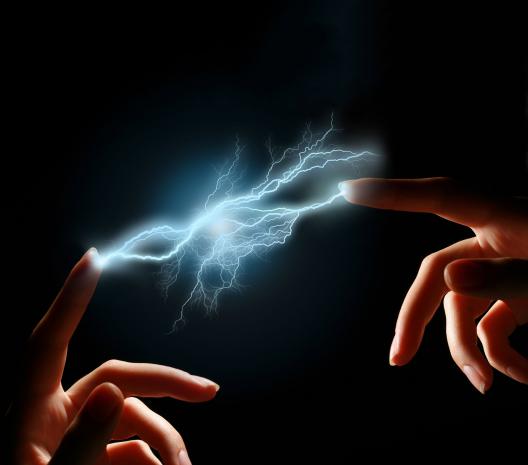
Breaking News
 Bitcoin Circular Economies and a Bridge Between Las Vegas and Peru
Bitcoin Circular Economies and a Bridge Between Las Vegas and Peru
 'Right of Return' for Israeli Child Predators Fleeing U.S.
'Right of Return' for Israeli Child Predators Fleeing U.S.
Top Tech News
 Magnetic Fields Reshape the Movement of Sound Waves in a Stunning Discovery
Magnetic Fields Reshape the Movement of Sound Waves in a Stunning Discovery
 There are studies that have shown that there is a peptide that can completely regenerate nerves
There are studies that have shown that there is a peptide that can completely regenerate nerves
 Swedish startup unveils Starlink alternative - that Musk can't switch off
Swedish startup unveils Starlink alternative - that Musk can't switch off
 Video Games At 30,000 Feet? Starlink's Airline Rollout Is Making It Reality
Video Games At 30,000 Feet? Starlink's Airline Rollout Is Making It Reality
 Automating Pregnancy through Robot Surrogates
Automating Pregnancy through Robot Surrogates
 SpaceX launches Space Force's X-37B space plane on 8th mystery mission (video)
SpaceX launches Space Force's X-37B space plane on 8th mystery mission (video)
 This New Bionic Knee Is Changing the Game for Lower Leg Amputees
This New Bionic Knee Is Changing the Game for Lower Leg Amputees
 Grok 4 Vending Machine Win, Stealth Grok 4 coding Leading to Possible AGI with Grok 5
Grok 4 Vending Machine Win, Stealth Grok 4 coding Leading to Possible AGI with Grok 5
Scientists Generate Electrical Field That Can Help Repair Fractured Bones

Instead, doctors may, in the near future, be able to repair broken bones by encasing the fracture in a field of electricity, which would be especially welcome for treating body parts, such as the scull, where casts don't work.
A group of biomedical engineers from the University of Connecticut have invented a scaffold of non-toxic polymer that also generates a controllable electrical field to encourage bone growth. The researchers published a paper in Nano Energy after using their device to cure skull fractures in mice.
The scaffold mimics the natural electric field produced by our bodies, a characteristic called piezoelectric, meaning to generate electricity from vibrations, and can be affixed over the damaged bone without significant surgery.
The patient can wave an ultrasound wand over the area to stimulate the generation of electricity and, unlike similar existing machines that are bulky and require electricity from a power outlet or batteries, the device is lightweight and generates the field via ultrasound.
The polymer from which the device is made is non-toxic and gradually dissolves in the body over time, disappearing as the new bone grows.
"The electric field created by the piezoelectric PLLA scaffold seems to attract bone cells to the site of the fracture and promote stem cells to evolve into bone cells. This technology can possibly be combined with other factors to facilitate regeneration of other tissues, like cartilage, muscles or nerves," says Ritopa Das, a graduate student at Nguyen Research Group and the first author of the published paper.

 How Great Powers Fall Apart
How Great Powers Fall Apart
 Zionism Is What It Does
Zionism Is What It Does HERE COMES THE MOTHERSHIP
HERE COMES THE MOTHERSHIP Venus Aerospace Hypersonic Engine Breakthroughs
Venus Aerospace Hypersonic Engine Breakthroughs

